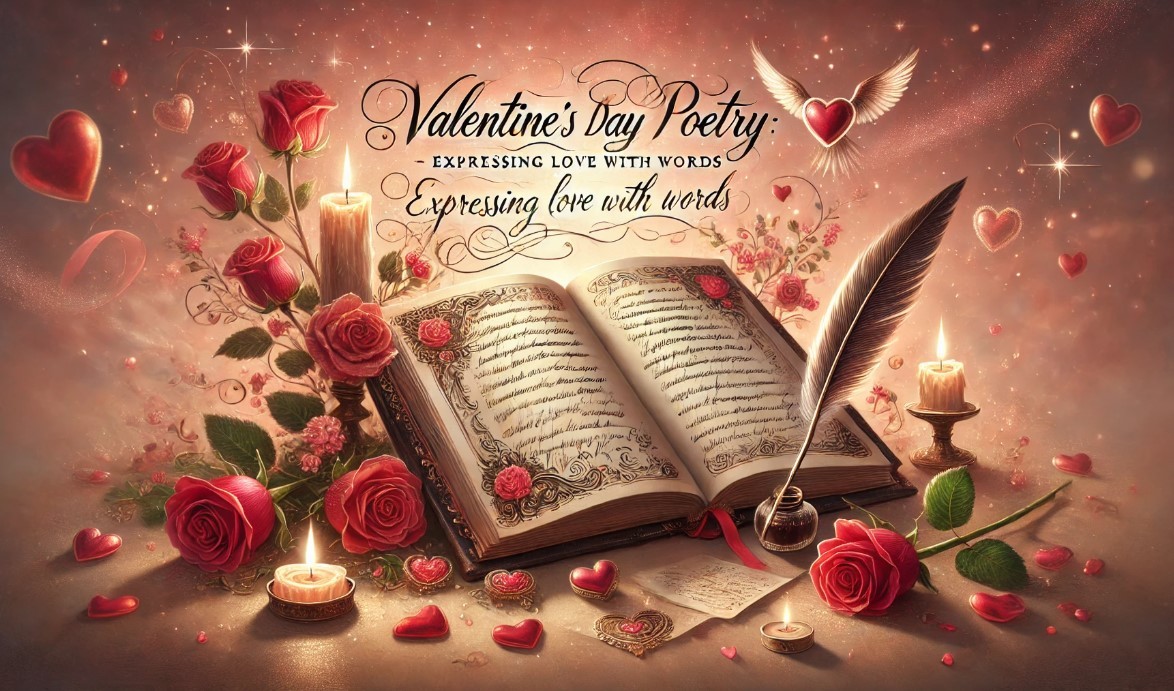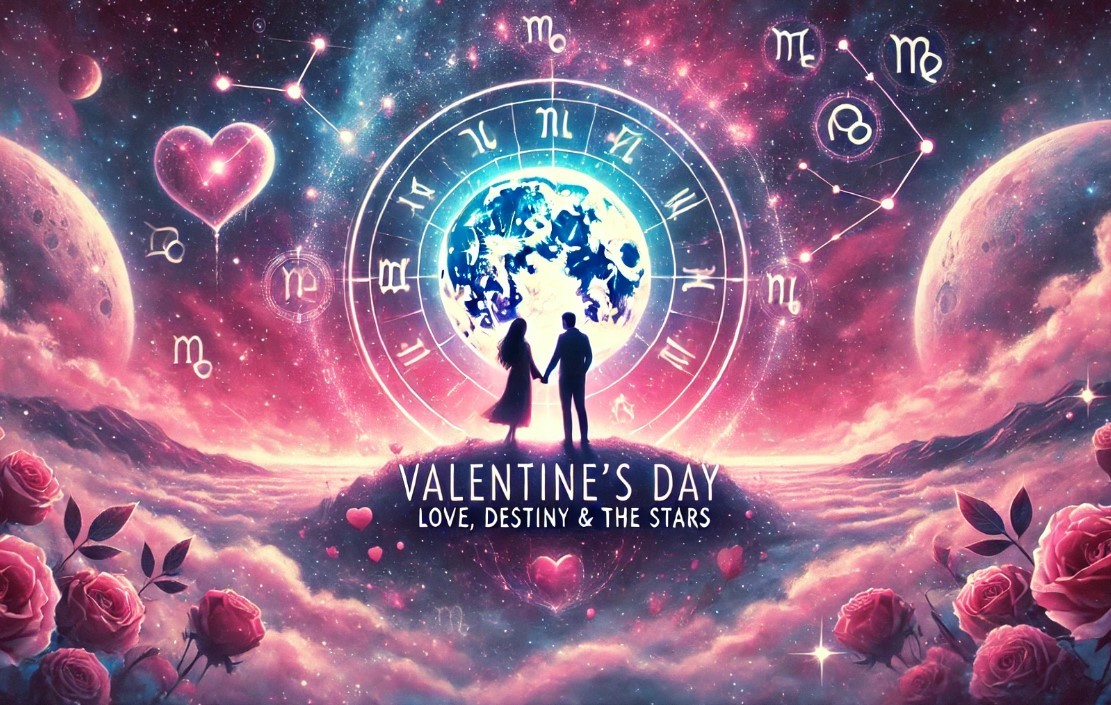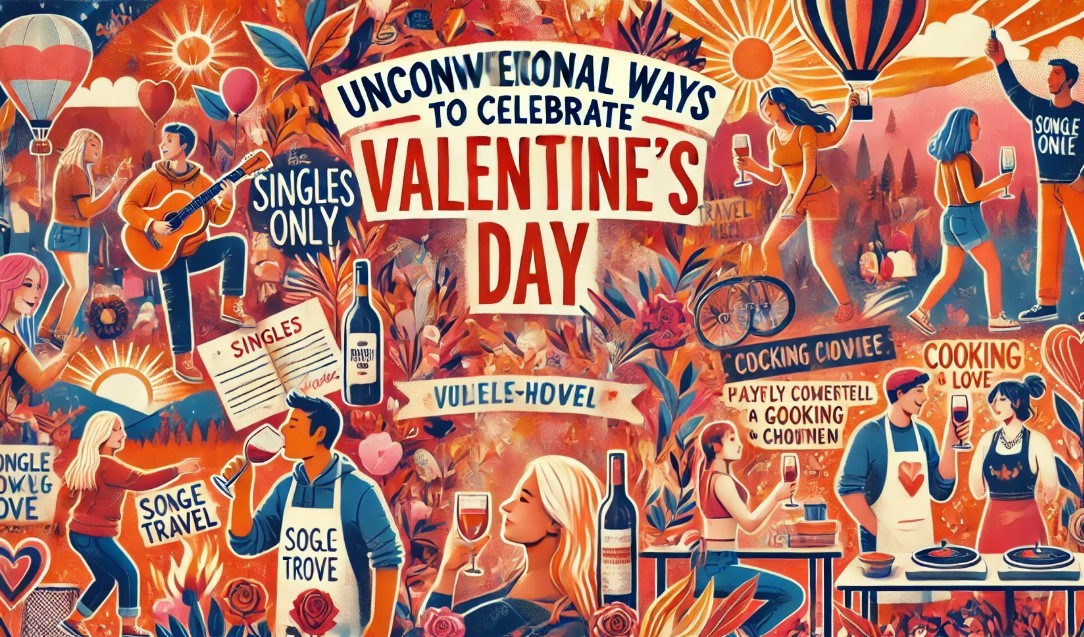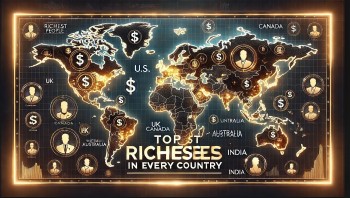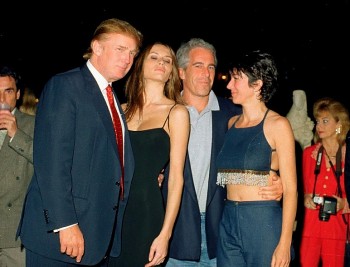The History of Valentine’s Day: Myths and Facts
Valentine’s Day is celebrated worldwide as a day of love, romance, and affection. Every year on February 14th, couples exchange heartfelt messages, gifts, and flowers to express their devotion. However, the history of Valentine’s Day is far more complex and mysterious than its modern-day traditions suggest.
Learn more: Top 100 Sweetest Valentine’s Day Wishes, Messages, and Quotes
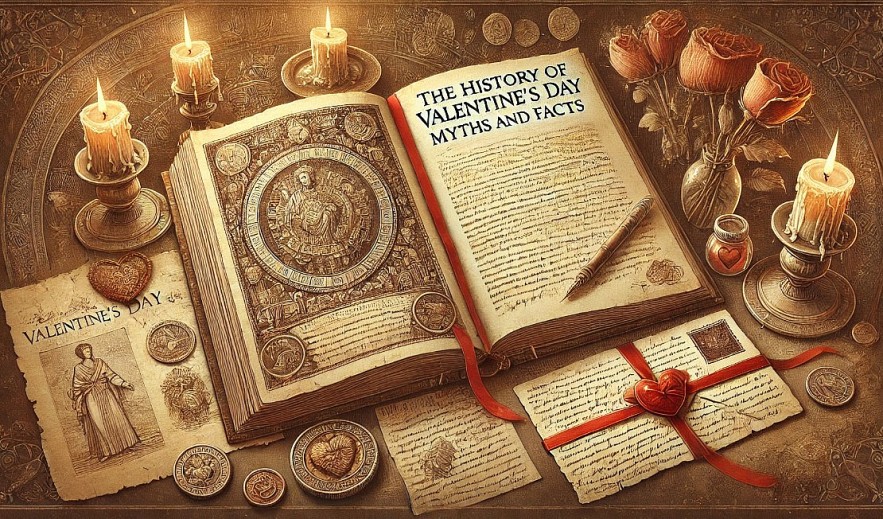 |
| The History of Valentine’s Day |
1. The Origins: A Roman Festival of Love or Sacrifice?
One of the earliest theories about the origins of Valentine’s Day links it to the ancient Roman festival of Lupercalia, which was celebrated from February 13 to 15. Lupercalia was a fertility festival dedicated to Faunus, the Roman god of agriculture, and Romulus and Remus, the legendary founders of Rome.
Myth:
Many believe that during Lupercalia, Roman priests called Luperci would sacrifice a goat and a dog, then use strips of the goat’s hide to whip women, believing it would increase their fertility. It was also said that young women placed their names in a jar, and bachelors would draw names to determine their future partners.
Fact:
While Lupercalia was indeed a festival of fertility and purification, there is no solid evidence that it was directly connected to Valentine’s Day. However, in 496 AD, Pope Gelasius I banned Lupercalia and replaced it with a Christian feast dedicated to Saint Valentine. This marked the beginning of Valentine’s Day as we know it today.
2. Who Was Saint Valentine? One Man or Many?
The true identity of Saint Valentine remains a mystery, as historical records mention multiple Christian martyrs by that name. The two most commonly recognized figures are:
- Saint Valentine of Rome – A priest who performed secret marriages for Christian couples during the reign of Emperor Claudius II in the 3rd century. Claudius had banned marriages, believing that single men made better soldiers. Valentine defied the emperor and was executed on February 14, around 269 AD.
- Saint Valentine of Terni – A bishop who was also martyred around the same time. Some historians believe he was the same person as Saint Valentine of Rome.
Myth:
Legend says that before his execution, Valentine sent a letter to the jailer’s daughter, whom he had befriended (or even fallen in love with), signing it “From Your Valentine”—a phrase still used today in Valentine’s messages.
Fact:
There is no historical proof that Valentine wrote such a letter, but this romantic story contributed to the association of Saint Valentine with love and devotion.
 Valentine’s Day: Top 100 Best Wishes And Messages Valentine’s Day: Top 100 Best Wishes And Messages |
3. The Medieval Influence: Chaucer and Courtly Love
Valentine’s Day did not become widely associated with romantic love until the Middle Ages. The first known written connection between Saint Valentine and love appears in the 14th century, thanks to the English poet Geoffrey Chaucer.
Myth:
People often believe that Valentine’s Day was celebrated throughout the medieval world.
Fact:
In 1382, Chaucer wrote the poem “Parliament of Fowls,” which includes the line:
"For this was on Saint Valentine’s Day, when every bird comes there to choose his mate."
This was one of the earliest references to Valentine’s Day as a celebration of romantic love. However, it is unclear whether Chaucer was referring to February 14 or a different Saint Valentine’s feast day in May.
During the Middle Ages, the idea of courtly love—a highly romanticized, chivalric love—became popular, further solidifying the link between Valentine’s Day and romance.
4. The First Valentine Cards and Modern Traditions
By the 15th century, the tradition of exchanging Valentine’s notes and love letters had emerged among European nobility. One of the earliest recorded Valentine messages was written by Charles, Duke of Orléans, to his wife while he was imprisoned in the Tower of London in 1415.
Myth:
Some people think that Valentine’s Day cards only became popular in the 19th century.
Fact:
By the 18th century, the tradition of giving handwritten love notes had become widespread. With the industrial revolution and the development of mass printing in the 19th century, printed Valentine’s Day cards became popular, especially in Victorian England.
In the mid-1800s, Esther Howland, known as the “Mother of the American Valentine,” started selling the first mass-produced Valentine’s Day cards in the U.S., featuring lace, ribbons, and sentimental poetry.
 Top 10 Fun Facts about Valentine’s Day that you might not know Top 10 Fun Facts about Valentine’s Day that you might not know |
5. Commercialization: From Love Letters to Chocolates and Roses
In modern times, Valentine’s Day has evolved into a multi-billion dollar industry. The tradition of exchanging love letters and handwritten notes has been largely replaced by:
- Greeting cards – More than 145 million Valentine’s Day cards are exchanged each year.
- Roses – Red roses, symbolizing love, are the most popular flower for Valentine’s Day.
- Chocolate gifts – The association between chocolate and romance dates back to the Victorian era, when Richard Cadbury introduced the first heart-shaped chocolate box.
- Jewelry and dining out – Many couples celebrate by giving expensive gifts and going out for romantic dinners.
Myth:
Some believe that Valentine’s Day was "invented by greeting card companies" to sell more products.
Fact:
While companies have certainly profited from the holiday, Valentine’s Day traditions date back centuries. Commercialization only amplified the holiday’s popularity rather than creating it.
6. Valentine’s Day Around the World
Different countries have unique ways of celebrating Valentine’s Day:
- Japan – Women give chocolates to men on February 14, and men return the favor on White Day (March 14).
- South Korea – Celebrates Valentine’s Day, White Day, and Black Day (April 14), when singles eat black bean noodles.
- Denmark – Instead of roses, people exchange snowdrop flowers and anonymous love notes called gaekkebrev.
- Brazil – Celebrates Lover’s Day (Dia dos Namorados) on June 12 instead of February 14.
- Wales – Couples exchange hand-carved wooden love spoons on January 25, known as Saint Dwynwen’s Day.
Conclusion: A Holiday of Love, Myths, and Tradition
Valentine’s Day has a rich and fascinating history, blending ancient rituals, medieval poetry, and modern commercialization. While myths and legends have shaped its evolution, the essence of Valentine’s Day remains the same—a celebration of love, affection, and connection.
Whether you prefer a romantic dinner, a heartfelt letter, or simply spending time with your loved ones, Valentine’s Day continues to be a timeless reminder that love is at the heart of human experience.
 Top 500+ Loving Words to Write in A Valentine’s Day Card Top 500+ Loving Words to Write in A Valentine’s Day Card Giving your beloved ones a card on Valentine's Day with beautiful and sweet words can make their days. Remember to tell your partner or crush ... |
 Top 20 Most Romantic Love Movies to Watch on Valentine’s Day Top 20 Most Romantic Love Movies to Watch on Valentine’s Day The most romantic love movies to watch with your partner on Valentine's Day. |
 Valentine’s Day: Top 10 Most Popular Recipes for Love Valentine’s Day: Top 10 Most Popular Recipes for Love Are you going to prepare a special meal for someone on Valentine's Day? Discover the top ten Valentine's Day recipes to share special moments with ... |
 Top 100 Sweetest Valentine’s Day Wishes, Messages, and Quotes Top 100 Sweetest Valentine’s Day Wishes, Messages, and Quotes Valentine’s Day is the perfect time to express love, appreciation, and affection to the special people in our lives. |

